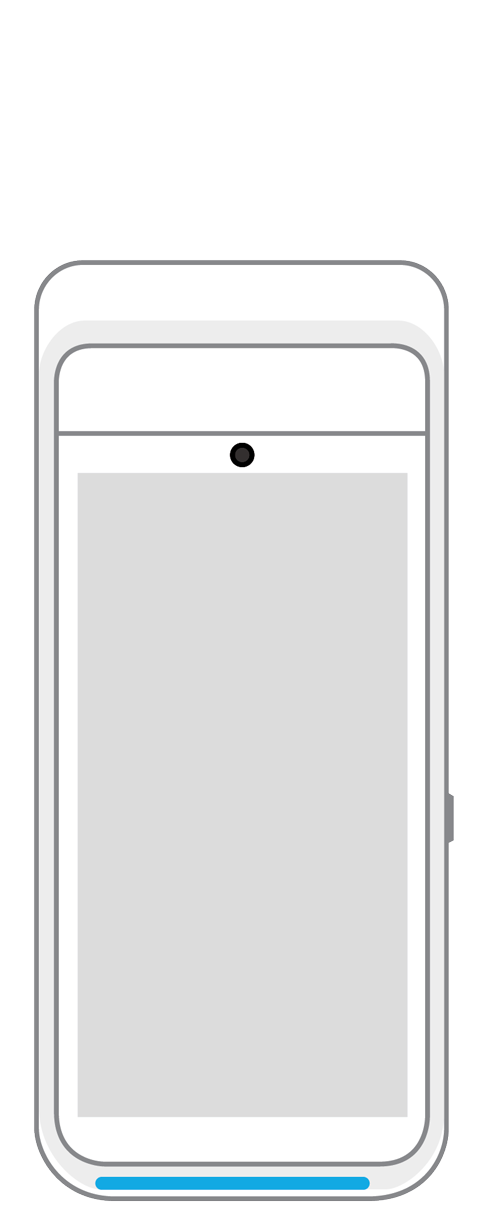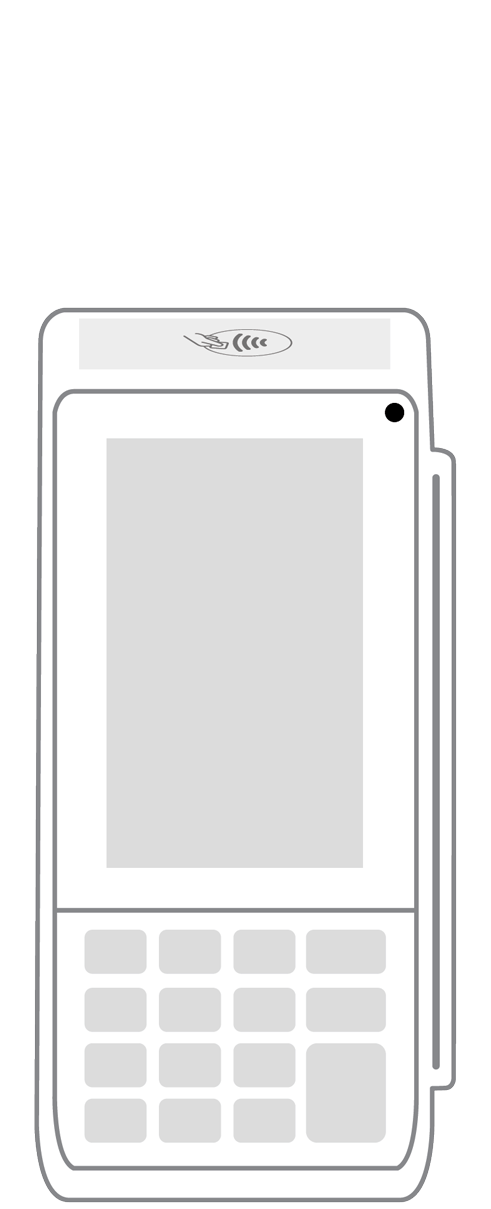How a Virtual POS Can Simplify Payment Processing Off-Site

Modern technology has streamlined many activities while simultaneously broadening their reach and scope. One of the best examples is what it can do for your business’s payment processing activities, particularly for those transactions that happen off-site. The key lies in something called a virtual point of sale system (VPOS).
What is a virtual point of sale system?
A virtual point of sale system, sometimes referred to as a virtual terminal, is a software-based platform that allows businesses to process customer payments without the need for traditional hardware. Essentially, it turns a computer, tablet, or smartphone into a terminal for entering and processing transactions, making it ideal for online stores and businesses that take payments remotely.
How a virtual POS simplifies payment processing
A virtual point of sale system offers flexibility and portability by allowing businesses to securely process payments and manage operations from any location, without being tied to physical hardware. This is achieved by enabling manual entry for phone/mail orders, providing cloud-based access to business data, and sending digital invoices that customers can pay remotely.
Flexibility and portability
When concluding a payment is complicated or difficult, customers tend to delay resolving their bill. Nowhere has this been more of an issue than when people had to call into your office or wait for a physical bill in order to resolve their invoice.
With the all-in-one payment platform found in a VPOS, these issues no longer arise. When the job is done, you simply manually enter the customer’s payment data into a secure online form. There is no need to swipe, dip, or tap a physical card. This method is particularly useful for phone-in or mail-order payments.
Secure processing
Although a VPOS is software-based and can travel with you anywhere, security is not sacrificed with this added portability. In fact, the VPOS interfaces seamlessly with your processing company’s secure payment gateway. This application is in full compliance with the Payment Card Industry Data Security Standard (PCI DSS). It is also designed to protect sensitive cardholder data at all touchpoints of the purchase.
This emphasis on data safety is accomplished via innovations such as encryption and tokenization. These methods mask the details like card numbers, CVVs, and expiration dates that are provided by the customer. They then turn them into a random series of characters that are useless to hackers.
Lower cost
POS hardware once represented a significant expense for many businesses. Today, however, incorporating a virtual POS system into your operations can lighten your financial load. Because it operates only using software and the internet, you will not need to pay to purchase and maintain costly dedicated POS hardware. Especially for small service-based companies or those that are just getting started, this can be a budgetary game-changer.
Centralized data and management
With a VPOS, all transactions that it processes are maintained in a single, unified platform in the cloud.
As a result, you have the freedom to do everything that your office-based POS does, including tracking sales, managing employees and inventory, and communicating with customers. You can do this from anywhere and regardless of where the payment was entered.
Easy invoicing
There will be situations when you would prefer to send invoices directly to your customers instead of manually entering their card data yourself. When this happens, your VPOS still has you covered. Most systems include features that allow you to create and send digital invoices.
When you send a payment link to a client via text or email message, they can click on it and immediately be redirected to your secure payment link, where they can complete the transaction. Additionally, you can easily send payment reminders and track the status of outstanding invoices.
When you bring a VPOS into your operations, you can look forward to greater flexibility, lower costs, and boosted rates of customer satisfaction. If you are ready to elevate and streamline your entire off-site payments acceptance process, get in touch with your payment processing services provider today to get started.
 3-in-1 Reader |  Terminal |  Keypad |  PINPad Pro |  Flex |  POS+ | |
|---|---|---|---|---|---|---|
Payment types | ||||||
EMV chip card payments (dip) | ||||||
Contactless payments (tap) | ||||||
Magstripe payments (swipe) | ||||||
PIN debit + EBT | ||||||
Device features | ||||||
Built-in barcode scanner | ||||||
Built-in receipt printer | ||||||
Customer-facing second screen | ||||||
External pinpad | ||||||
Wireless use | ||||||
Network | ||||||
Ethernet connectivity | With dock | |||||
Wifi connectivity | ||||||
4G connectivity | ||||||
Pricing | ||||||
Free Placement | ||||||